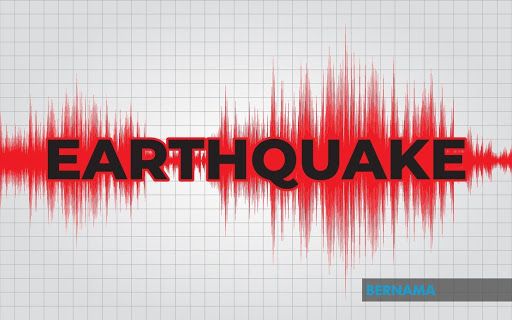MANY believe Malaysia’s location keeps it safe from seismic activity, often dismissing any tremors as originating far away.
This idea implies the country could never be the source of an earthquake.
However, has Peninsular Malaysia experienced an earthquake with its epicentre on its landmass before?
Verdict:
TRUE
Peninsular Malaysia has indeed experienced earthquakes originating from within its landmass.
These events, though often of low to moderate magnitude, demonstrate that the region is not entirely immune to seismic activity.
In a notable historical incident, Johor experienced two earthquakes in early 1922.
The first occurred on Jan 31, 1922, registering a magnitude of 5.4.
This was followed closely by a second quake on Feb 7, 1922, with a magnitude of 5.0.
Both of these events had their magnitudes derived from the distribution of shaking intensity observed.
Reports from the time indicated minor damage in Johor as a result of these seismic tremors.
These 1922 quakes are significant as they represent instances of intraplate seismicity, meaning the earthquakes originated within the tectonic plate rather than at its boundaries.
Unlike interplate earthquakes, which are caused by the collision or sliding of tectonic plates, intraplate earthquakes are less common and their causes can be more complex.
They often result from the accumulation and release of stress along pre-existing weaknesses in the crust, such as ancient faults or rift zones, which can be reactivated by tectonic forces acting across the plate.
Other contributing factors can include changes in the weight distribution on the Earth’s surface caused by erosion, sedimentation, or even the movement of fluids deep within the crust.
Beyond these specific historical events, Peninsular Malaysia has continued to experience localised seismic activity.
A series of 13 earthquakes occurred along the Bukit Tinggi fault, spanning the Selangor and Pahang border from Nov 30, 2007 to Jan 14, 2008.
Their magnitudes ranged from a minor 2.5 to 3.5.
These quakes at Bukit Tinggi caused no reported damage, and residents barely felt them.
While Peninsular Malaysia is situated on the tectonically stable Sunda Shelf, the region is not entirely isolated from outside seismic influence.
The most impactful seismic events felt in Peninsular Malaysia typically originate from major earthquake zones located far beyond its borders.
These distant but powerful quakes primarily occur along the Sumatra Subduction Zone and the Sumatra Transform Zone in Indonesia.
A devastating example was the 2004 Indian Ocean earthquake, a magnitude 9.3 mega-thrust event that struck off the coast of Aceh Province, Indonesia, on Dec 26, 2004, causing the infamous Boxing Day tsunami.
The tsunami regrettably resulted in 68 deaths in Penang, Langkawi, and Kedah.
References:
2. https://www.researchgate.net/publication/266676019_Seismic_impact_in_Peninsular_Malaysia
4. https://mysinchew.sinchew.com.my/news/20241022/mysinchew/6014016







